Are you searching for more information about how to build quail nesting boxes? If yes, then you are in the right place. Here we are going to discuss more about building nesting boxes for your quails.
Most of the domestic quails use nesting boxes for laying eggs. Quail nesting boxes are also required for roosting and security purposes. Like other domestic and prolific bird species, quails also like to lay eggs in a calm, secure and comfortable place.
Providing nesting boxes for your quails will give them some extra needed comfort in laying eggs and it will make them well behaved. Here we are describing almost everything about quail nesting boxes.
What are quail nesting boxes?
Quail nesting boxes are specially designed structures that provide a safe and comfortable space for the quails to rest and lay their eggs. This type of nesting boxes mimic the natural conditions quail would seek out in the wild.

What Is The Necessity Of Nesting Boxes For Quails?
Probably you are doing quail farming business commercially or raising a few quails as pet or for fulfilling family nutritional demands. Whatever your goal is, nesting boxes is very essential for all purposes. Quail nesting boxes provide them a calm, quiet, secure and comfortable place for laying eggs. Quails also use nesting boxes as roosting place. You can collect eggs from one place. Providing some nesting boxes also help to make your birds well behaved.
Behavior of Quails Without Nesting Boxes
Due to lack of proper nesting boxes, the behavior of your laying quails might reflect their anxiety. Especially, if a laying quail is reproducing but is not relaxed yet. She might do unusual activities and act in an unusually fidgety manner prior to depositing her eggs. The quails without nesting boxes available, might lay eggs here and there around their house that can cause damage in eggs. So, try to provide your laying quails an attractive, secure and comfortable nest box.
Setting Up Quail Nesting Boxes
Setup the nesting boxes in a suitable place, so that the birds can easily access the boxes. You can tie up the boxes to the quail’s enclosure structure, slightly off the ground. You can also place the boxes on the ground in a private (corner or calm side) location. Nesting materials are also very important.
You can use some common and mostly used nesting materials. Quails like smooth materials for this purpose. Generally corn husks, hay, leaves and straw are used as nesting materials for quails. Some people also use fake grass, but quails usually don’t like this type of items. Whatever the materials you use, ensure that it is comfortable for your laying birds.
How to Make a Quail Nesting Box?
Making a nesting box for your quails is very easy and a simple process. You can easily make a nesting box for your quails by using basic woodworking tools and materials. Here we are trying to list the steps for making quail nesting boxes for your birds.
Materials You Will Need
- 1/2-inch plywood
- 1/4-inch plywood
- Saw (circular or table saw)
- Measuring tape
- Screws
- Screwdriver or drill
- Wood glue
- Sandpaper
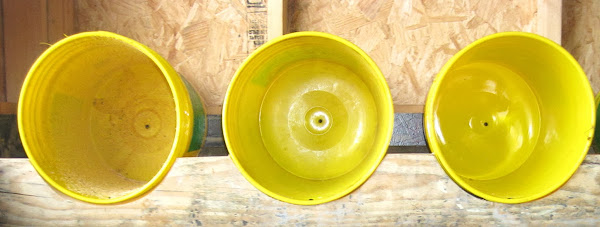
Step 1. Determine the Size of the Nesting Box
The size of the nesting box you need will depend on the number of quails you plan to keep. Generally each quail will need about 1 square foot of floor space. A nesting box that’s 12 inches wide, 12 inches deep, and 12 inches high should be suitable for two quails.
Step 2. Cut the Plywood
Using a saw, cut the 1/2-inch plywood to the dimensions of the nesting box you determined in step 1. Cut two pieces for the front and back, two pieces for the sides, and one piece for the bottom. Then, cut a piece of 1/4-inch plywood for the top of the nesting box.
Step 3. Assemble the Box
Apply a thin layer of wood glue to the edges of the plywood pieces and join them together. Secure the pieces with screws. Make sure the corners are square and the edges are flush.
Step 4. Add the Top
Place the 1/4-inch plywood piece on top of the nesting box and secure it with screws. This will serve as the lid of the nesting box and will allow you to access the eggs.
Step 5. Sand and Finish the Nesting Box
Use sandpaper to smooth out any rough edges or surfaces on the nesting box. If desired, you can add a coat of paint or stain to the box to protect it from the elements.
Step 6. Install the Nesting Box
Place the nesting box in a quiet, sheltered area where the quails can lay their eggs in peace. You can attach the nesting box to a wall or post, or place it on a raised platform.

Frequently Asked Questions (FAQs)
People ask many questions about quail nesting boxes. Here we are trying to list the most common questions about quail nesting boxes, and trying to answer them. Hope you will find your answer. Don’t hesitate to ask us if you have more questions.
Do quail need nesting boxes?
Yes, your quails require nesting boxes. They need nesting boxes for resting and for laying eggs.
How to build a quail nesting box?
Building a quail nesting box is very easy and simple. You can easily make this type of box by following the instruction above.
How to make a quail nesting box?
Follow the steps mentioned above for making a quail nesting box.
Will quail lay in a nesting box?
Yes, they will lay eggs in a nesting box. But they will require some time to get used to lay eggs in the nesting box. But they are very smart birds and they will learn very quickly once installed.
Do quail use nesting boxes?
Yes, your quails will use nesting boxes for laying eggs. Offer your quails nesting boxes for their comfort in laying eggs.
How big should a quail nesting box be?
Quails are smaller sized birds, so they require less nesting space. Having around 20 square inch nesting space per bird will be enough.
What do quail like to nest in?
Most of the domestic quail like to nest in nesting boxes. So, try to have few nesting boxes inside their house for better comfort in laying eggs.
Do bobwhite quail need nesting boxes?
Yes, like many other domestic poultry birds the bobwhite quails also need nesting boxes.
What bedding is best for quail?
Pine shavings is generally considered best for quail as bedding inside their house and nesting boxes.

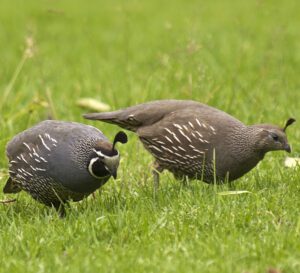
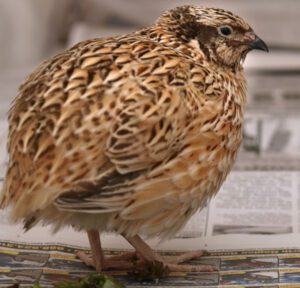
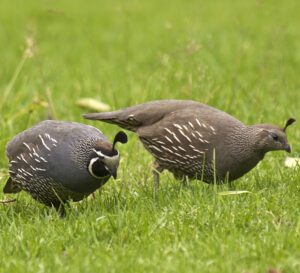
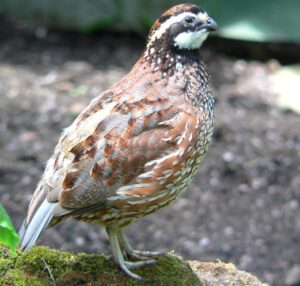

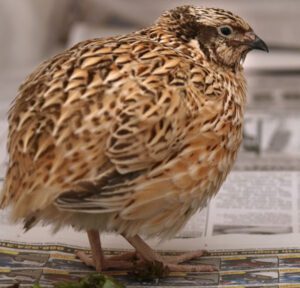
What is a quail nesting box made of and how to make it